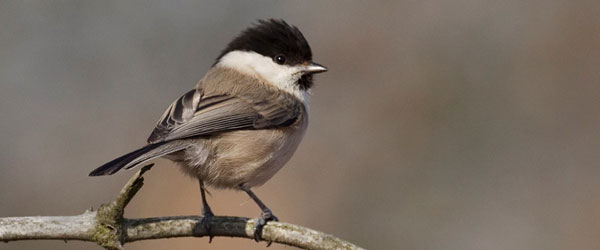Date: March 13th 2016, 0830 hrs to 1130 hrs
by Amanda and Terry
A lovely sunny morning with a slight breeze only.
Temperature 5° – 12°C
Bird Count
Robin 12
Blue Tit 10
Dunnock 19
Woodpigeon 25
Wren 8
Blackbird 6
Magpie 23
Greenfinch 20
Reed Bunting 8
Bullfinch 5
Black-headed Gull 3
Chaffinch 9
Long-tailed Tit 11
Great Tit 5
Goldfinch 14
Moorhen 3
Mallard 5
House Sparrow 12
Carrion Crow 17
Buzzard 3
Jay 1
Grey Partridge 2
Stonechat 1
Pheasant 1
Gadwall 2
Coot 2
Cormorant 1
Redwing 90 (Two flocks of 40 & 50 rested in the hedgerows on their way North)
28 species in all
Spring Has Sprung!
Another very enjoyable days birding in spring-like weather resulted in one more species than in February. The paths and fields are virtually dried out now; the majority of birds were noted in transects 2, 4 and 6.
No Song Thrush evident this month probably because the birds are nesting and keeping a low profile. However, this was more than made up by the significant sightings of a pair of Grey Partridge (another red list species) a Stonechat and a notable increase in Reed Bunting numbers.
Two large flocks of Redwings alighted briefly in the Meadows hedgerows en route to their nesting sites in Northern Europe and Scandinavia. Haste ye back! But not too soon.
Mammals
3 Grey Squirrel seen during this month’s survey, although there are plenty more about.

